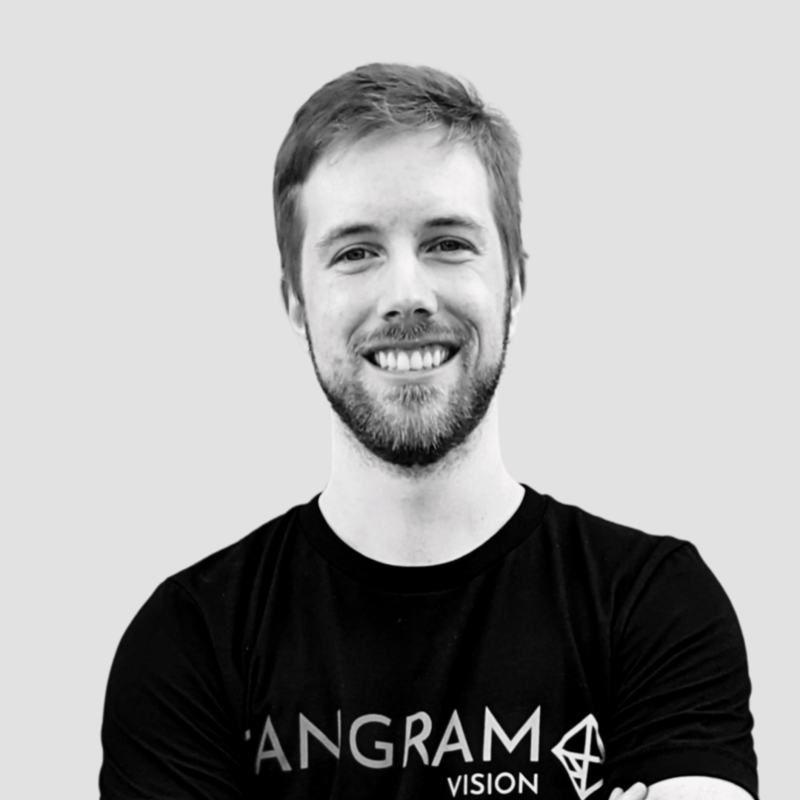WEBINAR
Building Stereo Depth Sensing
From Optics Selection To Software
Let's go deep on depth sensors.
Join Jeremy Steward, Tangram Vision’s senior perception architect, to understand how to create a stereo depth sensor — from choosing the right cameras and baseline, to selecting software components like block matchers and calibration tools.
Off-the-shelf depth sensors are incredibly powerful devices that deliver precise 3D data for robotics tasks like obstacle avoidance, object detection, and navigation. Yet most are "one-size-fits-all" designs that aren't optimized to your specific application. That's why more and more robotics companies are choosing to "roll their own" depth.
In this workshop, we’ll cover our best tips for selecting the hardware and software components to create a custom stereo depth sensing system from scratch. We'll also cover design considerations such as baseline and field of view as it pertains to the performance metrics that matter to your specific application.
- How to determine the right camera specifications, including resolution, shutter, field-of-view, and more.
- The impact of baseline on range, field-of-view, and more.
- Different software approaches to depth calculation, including different methods of block matching.
- Techniques to calibrate, synchronize, and rectify stereo pairs of cameras.
- Perception and robotics engineers looking to build a custom stereo depth sensing system, and CTOs looking to gain a better understanding of sensor selection and performance.

THE SPEAKER
Jeremy Steward
Senior Perception Architect
Jeremy Steward, also known as ThatGeoGuy, is a geomatics engineer with an extensive background in camera calibration, multi-sensor integration, and photogrammetry. As a senior perception architect at Tangram Vision, Jeremy contributes to the development and production of our sensor calibration, sensor fusion, and core platform technologies. He holds a B.Sc. and M.Sc. in geomatics engineering from the University of Calgary and enjoys learning about technologies that are (or will be) powering our world.

